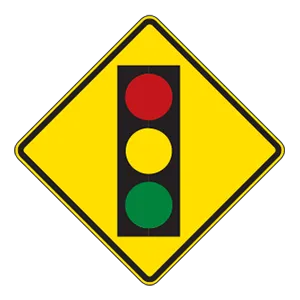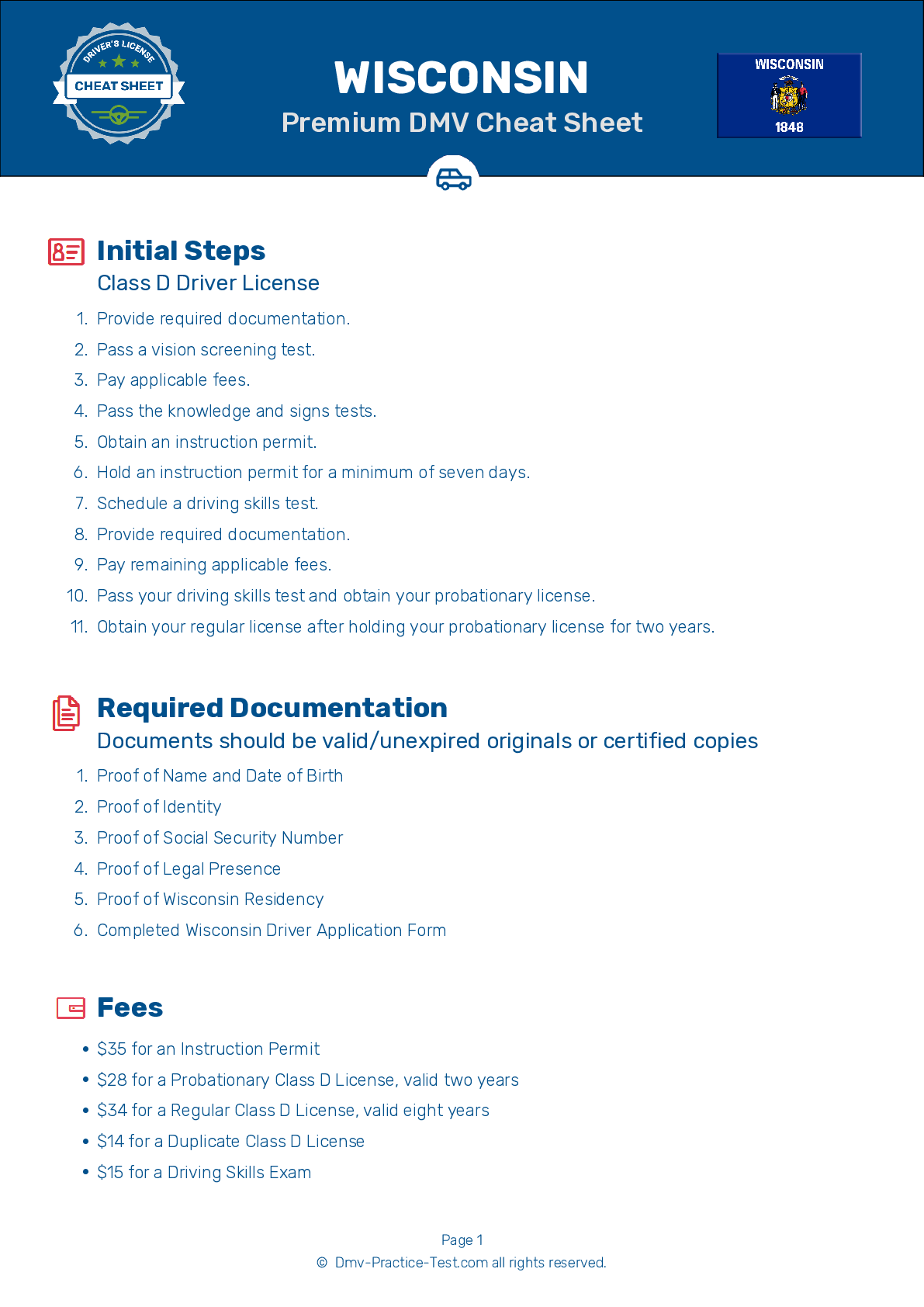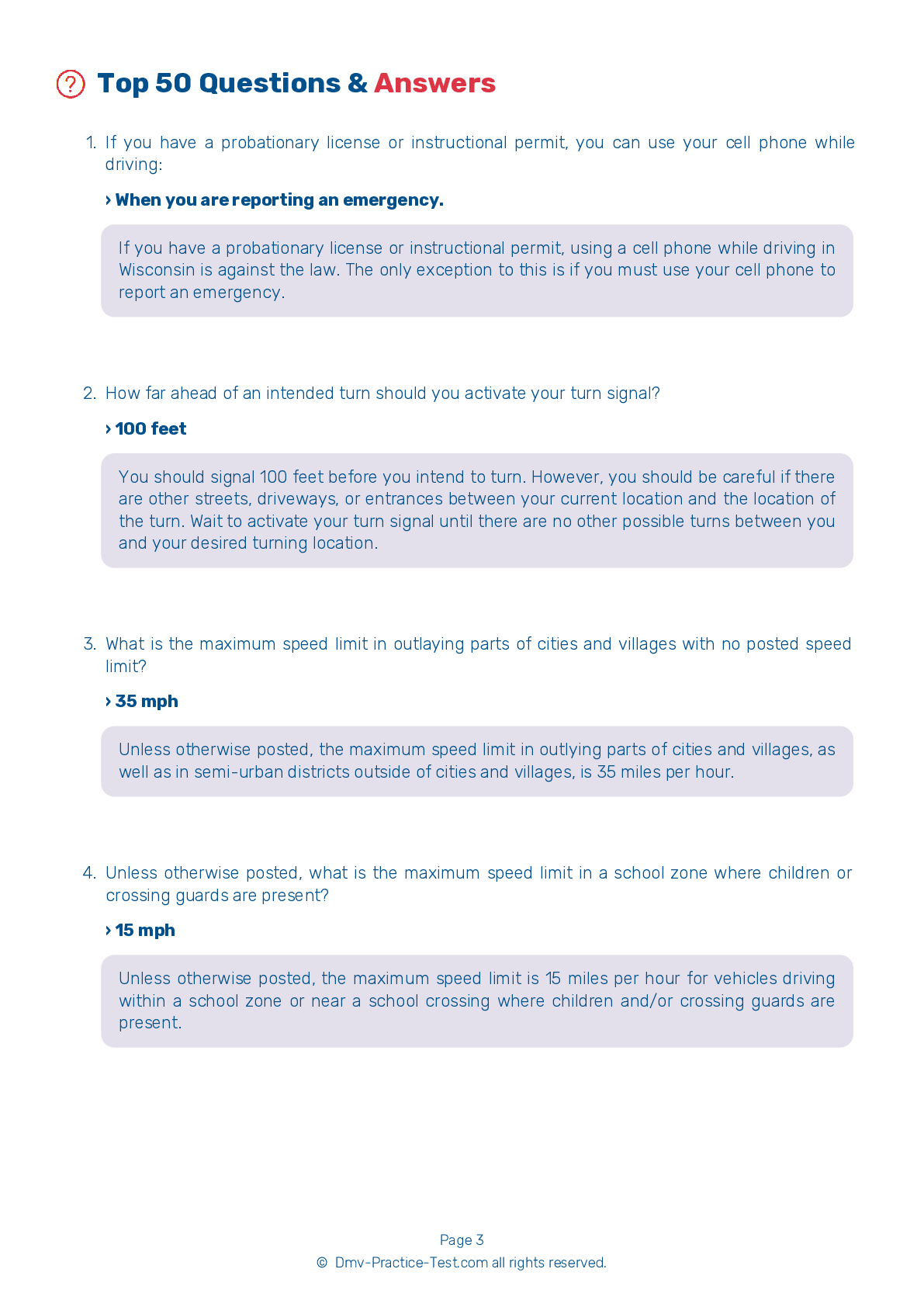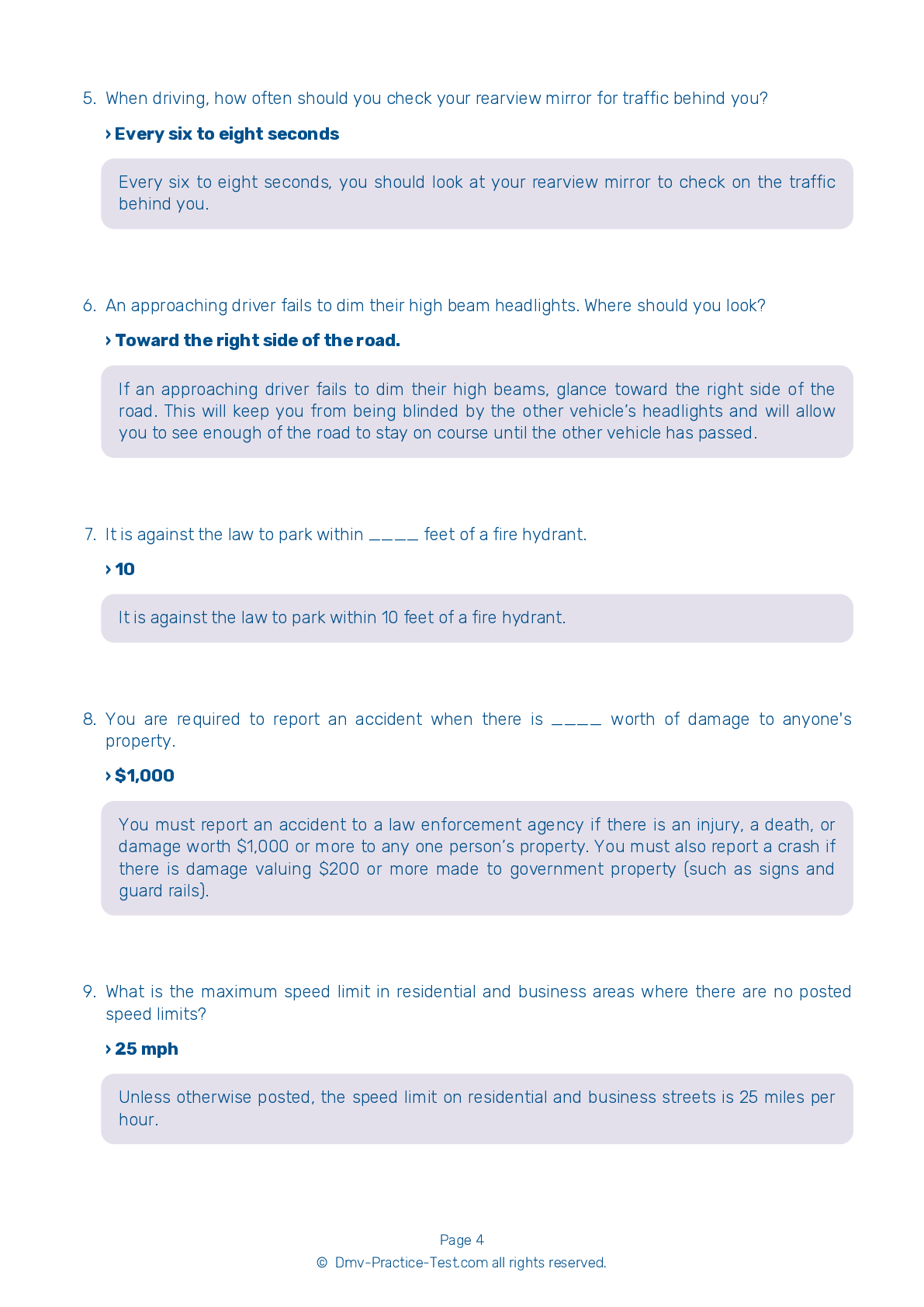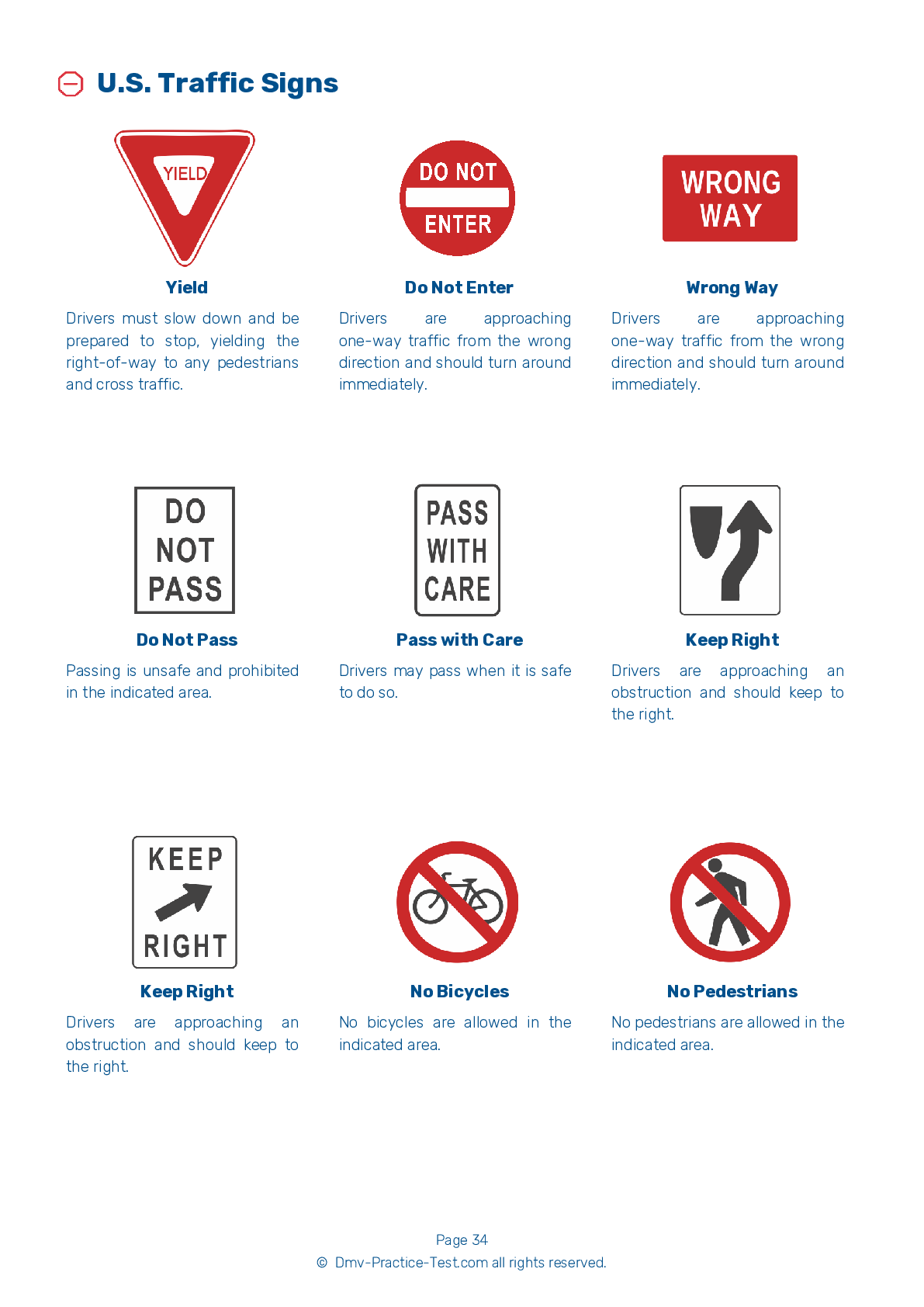FREE Wisconsin DMV Practice Test #22 Page 7 of 7
The Wisconsin DMV practise examinations have been updated for January 2025. It includes questions based on the Wisconsin Driver Handbook's most significant traffic signals and legislation for 2025. Use actual questions that are very similar (often identical!) to the DMV driving permit test and driver's licence exam to study for the DMV driving permit test and driver's licence exam.
On the practise exam, each question gets a tip and explanation to help you remember the concepts. The written component of the official Wisconsin DMV test will include questions about traffic rules, traffic signs, and driving statutes, as well as knowledge from the Driver Handbook.
To obtain a passing grade, you must correctly answer 40 of the 50 questions. Use the practise exam provided by the Wisconsin Department of Motor Vehicles to help you prepare for your instruction permit or driver's licence.
The DMV exam is available in several languages.
Using any kind of testing assistance will result in an automatic fail, and the DMV may take additional action against your driver's licence, so stay away from it.
43 . This sign means:
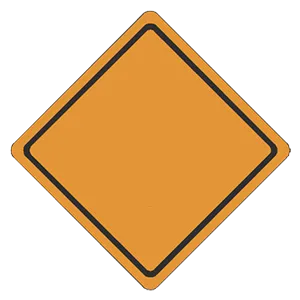
Diamond-shaped signs are used to warn of actual or possible hazards. The color orange is used for warning signs usually found in construction or maintenance areas.
44 . To pass a slower-moving vehicle on a two-lane, two-way road, you must:
Passing on a two-lane, two-way road requires good judgment because you must use the lane belonging to oncoming traffic to complete your pass. Only pass if you may safely and legally do so.
45 . This symbol is used for:
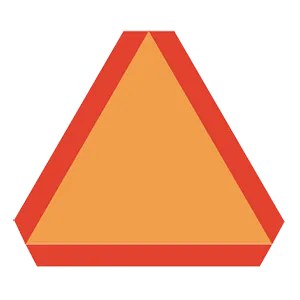
A reflective orange triangle on the rear of a vehicle means it travels only at slow speeds. You may see this sign on roadwork equipment, farm vehicles, or horse-drawn wagons and carriages. It appears as a solid orange triangle during the day and a hollow red triangle at night.
46 . When changing lanes you should not:
Before changing lanes, check your side and rearview mirrors for traffic approaching you from behind. Use your turn signal to let other drivers know you plan to change lanes. Check for other drivers who also may be moving into the same lane.
47 . This sign means:
